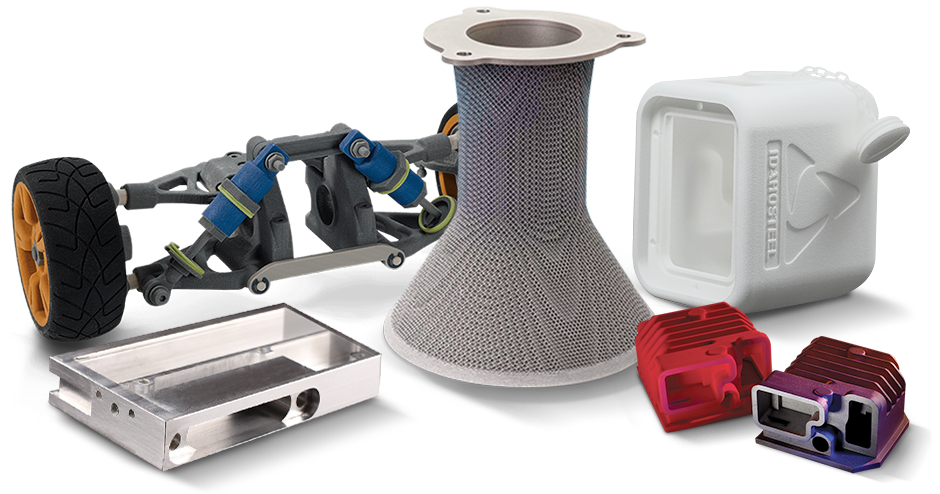Rapid Prototyping and its Types
3 min read
In today’s time as technologies are advancing and new developments are taking place more people are taking benefit from it. The advancement in technology has also benefitted engineering designers a lot. The technology of rapid prototyping and rapid prototyping factory is helping engineering designers to enhance the quality of their products. Here is a look at it.
Rapid prototyping technique
Before getting to know the benefits and advancements of rapid prototyping it is important to understand what rapid prototyping is. Rapid prototyping is a technique that I widely used by engineering designers to create a 3D computer-automated design of a part or model of a product.
This technique helps the engineer designers to portray the exact final designs to the client. It becomes easy for them to incorporate the suggestions by the client. It also allows them to edit and rectify the flaws in their product designs.
Types of rapid prototyping
Rapid prototyping factory and rapid prototyping is currently on a boom. But rapid prototyping is not a single technique. It is a merger of many. There are many types of rapid prototyping techniques that engineering designers can choose from according to their needs. Some of the rapid prototyping types are described below:
- SLA or Vat Photopolymerisation: SLA indicated stereolithography. It is one of the most cost-effective and successful modes of performing 3D printing for commercial purposes. These techniques make use of a bath or photosensitive liquid that is solidified layer to layer via a UV light that is under the control of computers.
- The Selective Laser Sintering Method: The SLS method is commonly used for metal and plastic rapid prototyping. In this technique, a powder bed is used to create a layer at a time and then a laser light is used for heating the powder. Also, SLA products may require secondary work for giving a finish to the product.
- Material Jetting: This technique can also be called Fused Deposition Modelling. In it is an economical and easily usable process that is used mostly for non-industrial 3D designing or printing. This technique makes use of a spool of a thermoplastic filament that is being melted in a printing nozzle. After this, the obtained plastic is set to layer by layer using a computer deposition tool or program. This technique is undergoing rapid improvements due to which it is becoming an ideal solution for product development.
- Powder Bed Fusion: This technique can also be called Selective Laser Melting. This technique is favorable for the creation of high-strength and complex parts. It is usually used by the aerospace defense, automotive, and medical industries. In this technique, the powder bed base is fused using a metal powder that is being melted to build the prototype or the production models via a laser or an electron beam.
These were some of the types of rapid prototyping techniques. It is seen that since it is widely used by engineering designers for their work this technique is growing more and more. It will be interesting to see the advancements that take place in this technique in the future.






